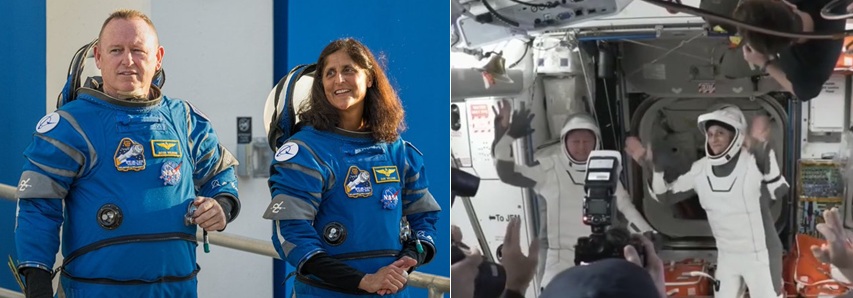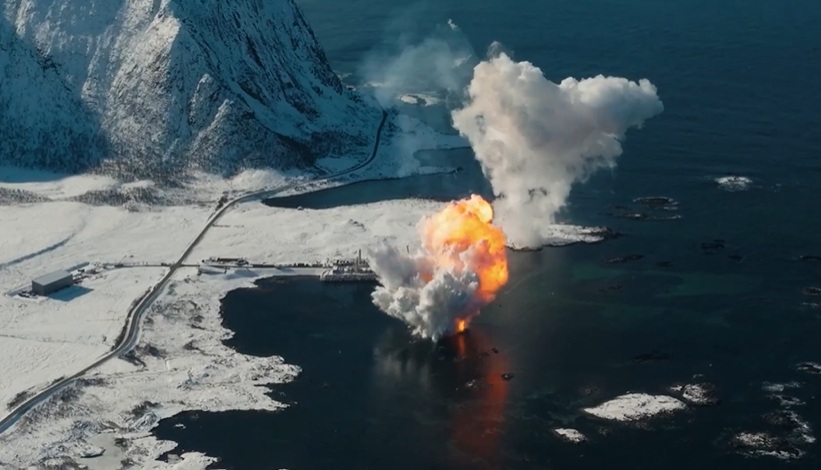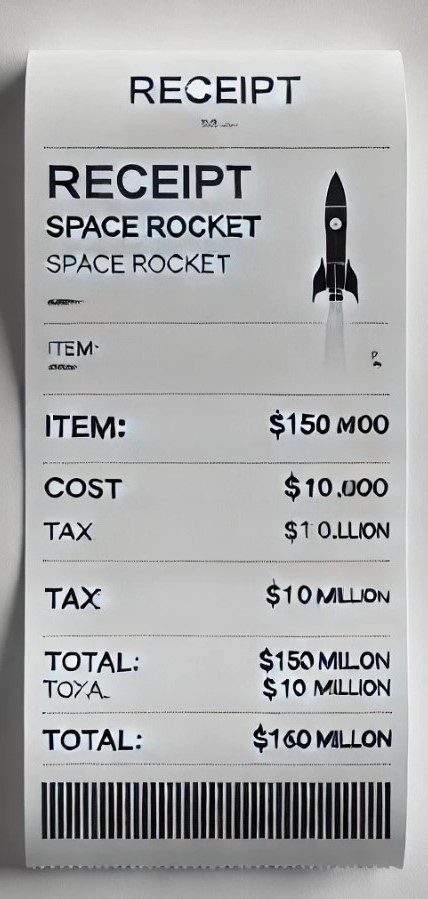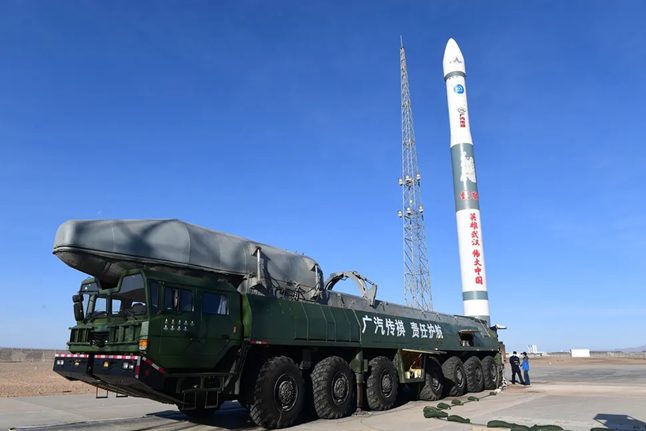Lifting off from the Kourou launch site in French Guiana, a European Vega launch vehicle successfully lofted the 1,844kg experimental re-entry vehicle IXV at 1340 GMT on 11 February on a suborbital trajectory. IXV successfully conducted its planned sub-orbital flight ending with landing and recovery in the Pacific Ocean after 102 minutes of flight.
The 5m long, cone-shaped IXV craft, whose formal name is Intermediate Experimental Vehicle, separated from Vega at an altitude of 340 km and continued up to a 412 km altitude. It then re-entered the atmosphere at the hypersonic speed of 7.5km/s, which is equivalent to an orbital re-entry, using trailing edge flaps for control during the atmospheric portion of the flight.
The craft carried temperature and pressure sensors to measure telemetered data to be used by ESA for research into potential designs for orbital and suborbital space planes. After the flight, the craft deployed floatation devices to keep the craft flowing on the sea-surface. It was successfully recovered by ship. The Italian-led mission cost €170 million with another €40 million for the Vega launch. The launch had been delayed from November after modifications were made to the flight trajectory to avoid overflying the town of Kourou after objections from the French Space Agency (CNES).
Comment by David Todd: The Vega rocket is reliable with a flight success record of four out of four flights. It is, however, very expensive. With respect to space plane and re-entry research, IXV appears to be a one-off, as funding for future flights is unlikely to be made available for several years yet.







